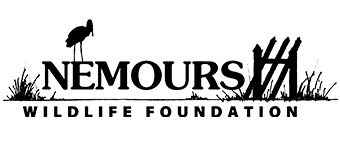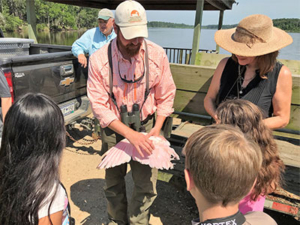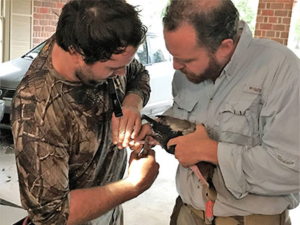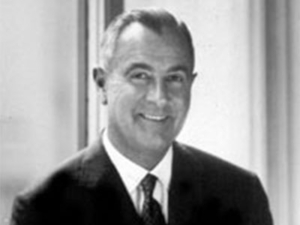About Us
The Nemours Wildlife Foundation was established by the late Eugene duPont, III and his family in 1995.
The Foundation is a 501(c)(3) public, non-profit foundation administered by a dedicated, enthusiastic board of directors.
Nemours Wildlife Foundation is housed on and operates the nearly 10,000 acre Nemours Plantation in northern Beaufort County, South Carolina.





